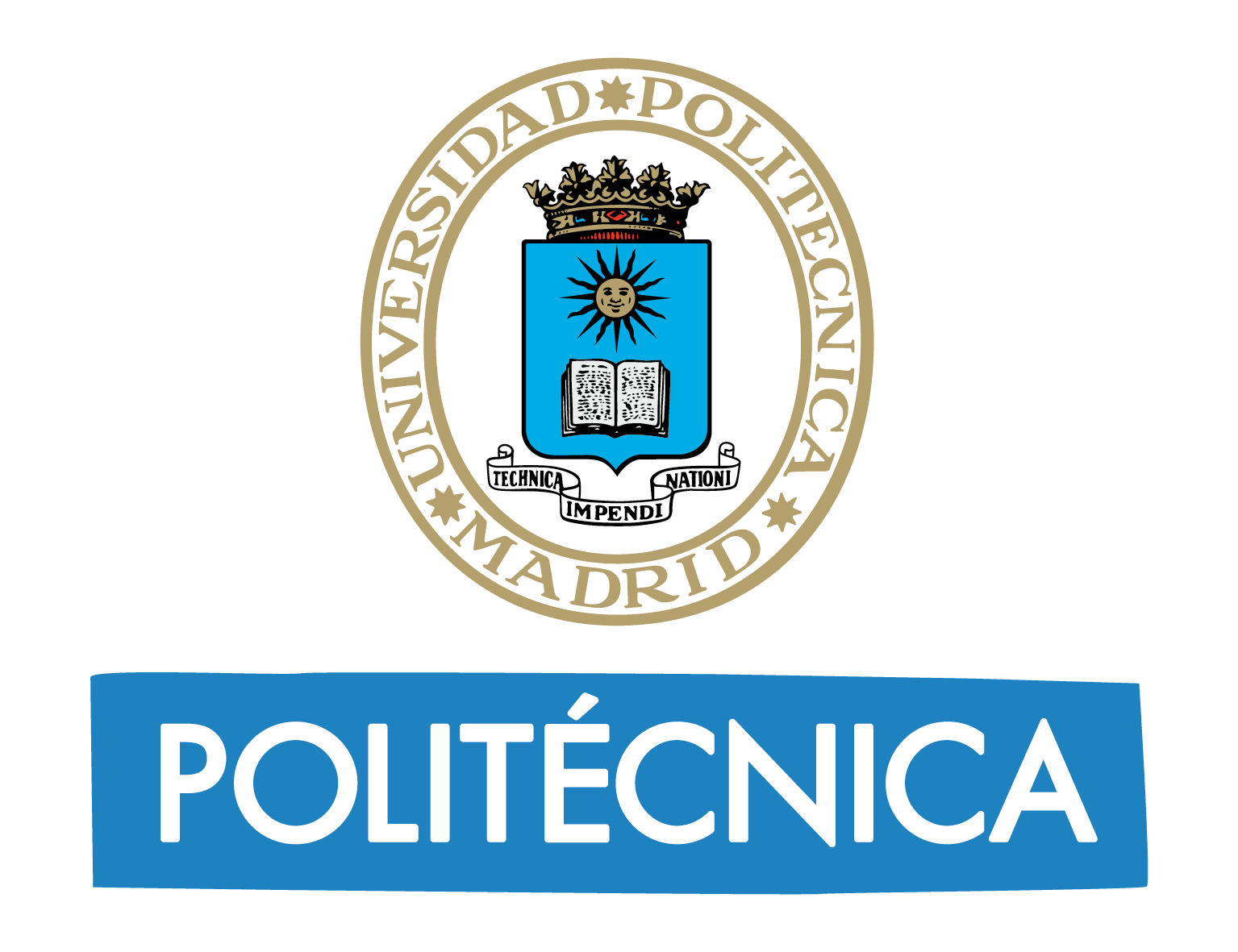There is a relationship between ADHD and motor coordination problems
Researchers from INEF-UPM remark the relationship between these two affections and the importance of early detection of both pathologies in order to avoid damages in children self-steem and social skills.
30.04.2020
Children who are impulsive and have more difficulties than the average in order to focus their attention, children who interrupt a lot and are almost unable to keep in silence for a long period of time or that are constantly changing their activity. These are some of the symptoms frequently associated to ADHD (Attention Deficit Hyperactivity Disorder), a patology that appears during childhood and is diagnosed in most cases starting at 7 years old. Its prevalence is around 5 and 8% of child population.
But, what if we think in these children motor skills? We are talking about very active children and that could lead us thinking that their motor skills would be good. However, a research developed by the Grupo de Investigación Psicosocial en el Deporte of the Facultad de Ciencias de la Actividad Física y del Deporte (INEF) of Universidad Politécnica de Madrid (UPM), shows that there is a relationship between ADHD and motor coordination problems associated to Developmental Coordination Disorder (DCD) in children.
“Attention and hyperactivity problems, such as impulsive behaviours in children are some of the problems that generate most concern in society. ADHD is one of the most frequent diagnosis among neuropsychiatric and neurological development problems in children”, explains MIguel Villa de Gregorio, Main Researcher of this study.

The research developed in UPM shows that almost the middle of children with ADHD also presents severe motor coordination problems, defined in most cases by Coordination Deficit Disorder. In order to get that conclusion, researchers made an analysis of the scientific literature until today. That implies a sample of more than 1.600 diagnosed children between 5 and 14 years old. They learned that motor skills in ADHD diagnosed children were worse than the motor competence of children with no pathologies.
According to data, researchers have no doubt that there is a relationship between low motor skills and ADHD, although it is soon to ensure if ADHD causes low motor skill or if Coordination Defictit Disordir can lead to the development of ADHD.
“There are evidences that there is a relationship between both pathologies and that should be study in future researches. On the other hand, there are important social conclusions of this research that urge us to make a critical reflection: Would an adequate motor skill work improve motor coordination an attention capacities in children with both pathologies? And, could this kind of work be integrated in physical education programs in schools?”, adds Miguel Villa, who has developed this research as a part of its PHD program supervised by Luis Miguel Ruiz Pérez an Maria Isabel Barriopedro, both professors in INEF-UPM.
Self-steem and sociability problems
UPM researchers also alert of the importance of taking the social dimension of the problem into consideration, if we want to avoid another patologies in children.
“Minors with ADHD have a lower perception of their motor skills than average children and this could cause them not to have interest in physical activity. This is exacerbated by the fact that physical education teachers tend to consider ADHD students as children with low motor skills, something that can determine the learning process of this children”, explains Miguel Villa. “This could make this minors not to participate in some sports and leisure activities developing self-steem and social problems”, he adds.
All of this determining factors, that have a lot of influence in ADHD children social profiles make them tend to a sedentary lifestyle and this makes their low motor skills to get worse.
“Nowadays, society is giving a lot of importance to our children academic development and results, forgetting their leisure time and their time to play and to experiment social and emotional experiences. This scenery is worse in comorbidity children because they normally need to dedicate more time to their academic development so they have much little time to go around, to move and to participate in spare time activities or sports”, explains.
“It is very important for physical education teachers to get involved in the learning process of ADHD diagnosed children in order to prevent another problems and to give a solution to their special needs with personalised learning programs designed for them”, concludes Miguel Villa.
Villa, M., Ruiz, L.M., & Barriopedro, M.I. (2019). Análisis de las relaciones entre el Trastorno en el Desarrollo de la Coordinación (TDC/DCD) y el Trastorno por Déficit de Atención e Hiperactividad en la edad escolar. Retos, 36, 625-632.
Enlace web: https://recyt.fecyt.es/index.php/retos/article/view/68502


